Axiom Space, a recently formed company headed by former ISS program manager Mike Suffredini, plans to send an astronaut to the ISS in 2019 and connect a large multipurpose habitat there in 2020.
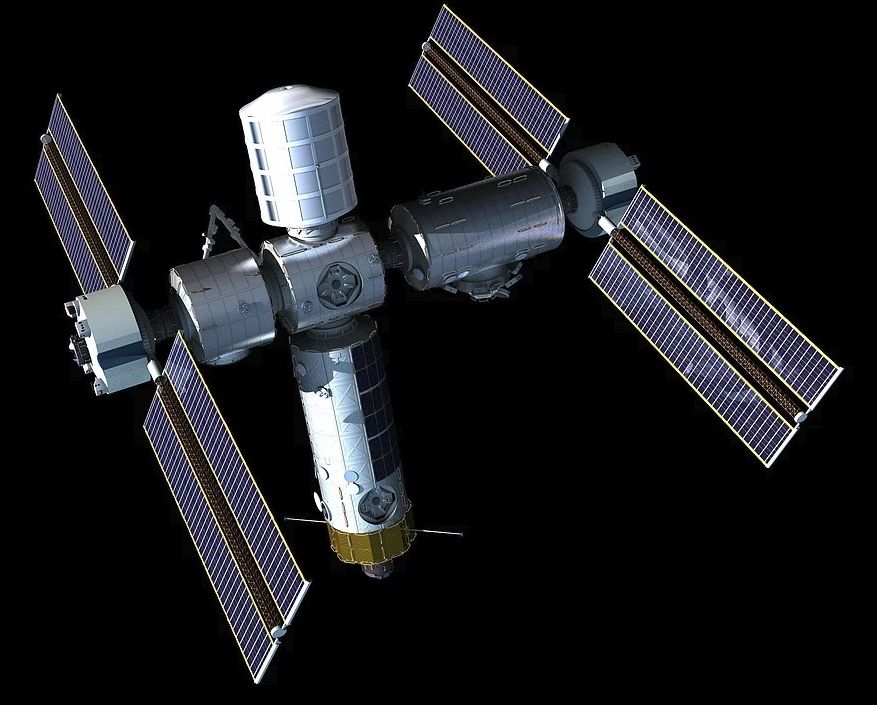

Older than Sumerian script? The Danube Valley civilization is one of the oldest civilizations known in Europe. It existed from between 5,500 and 3,500 BC in the Balkans and covered a vast area, in what is now Northern Greece to Slovakia (South to North), and Croatia to Romania (West to East).
During the height of the Danube Valley civilization, it played an important role in south-eastern Europe through the development of copper tools, a writing system, advanced architecture, including two storey houses, and the construction of furniture, such as chairs and tables, all of which occurred while most of Europe was in the middle of the Stone Age. They developed skills such as spinning, weaving, leather processing, clothes manufacturing, and manipulated wood, clay and stone and they invented the wheel. They had an economic, religious and social structure.
Latest uploads from the cosmos news
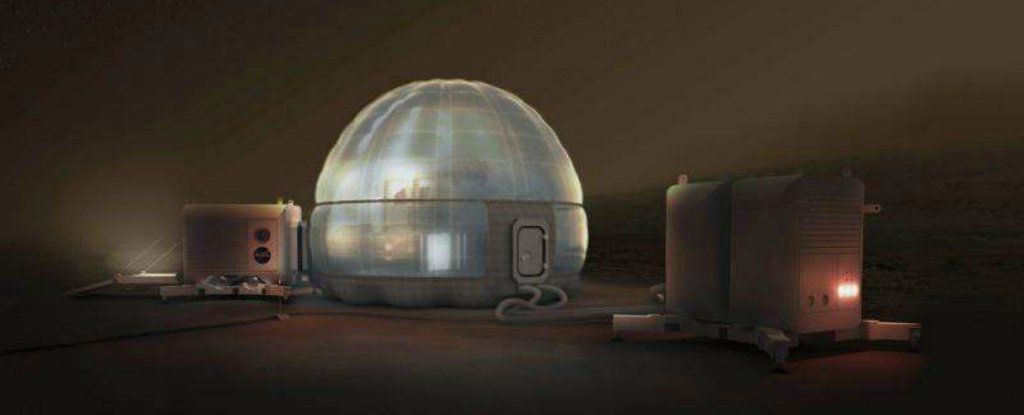
NASA researchers have a lot of problems to work through if they want astronauts to one day set foot on Mars. One of the biggest hurdles is where these early pioneers will sleep and live, and after a day of brainstorming, engineers might have come up with a solution – a conceptual ‘ice home’ design.
Yup, NASA is looking into creating inflatable domes covered in ice for astronauts to live and work in, providing them with protection from extreme temperatures and high-energy radiation.
“After a day dedicated to identifying needs, goals, and constraints we rapidly assessed many crazy, out of the box ideas and finally converged on the current Ice Home design, which provides a sound engineering solution,” said senior systems engineer Kevin Vipavetz, from NASA’s Langley Research Centre in Virginia.

The Sino-Israeli Robotics Institute (SIRI) was inaugurated in mid-December when a delegation of nine Israeli companies — led by Ariel University Prof. Zvi Shiller, chair of the Israeli Robotics Association, and Technion Prof. Moshe Shoham, founder of Mazor Robotics and a world leader in medical robotics — participated in the second Sino-Israeli Robotics Innovation Conference in Guangzhou, China.
Intended as “home base” for Israeli robotics companies entering the Chinese market, SIRI is located at the Guangzhou International Robotics Center (ROBOHUB), a government-supported, 4,800-square-meter robotics incubator and demonstration center including a large exhibition and demo area, innovation lab, training center, and corporate offices.
“This is an exciting time for the Israeli robotics industry,” Shiller said. “We are committed to establishing a true partnership with SIRI and ROBOHUB, and we look forward to broadening this strategic cooperation, which will serve as a fast track for transforming ideas into products and for moving products into the Chinese market.”
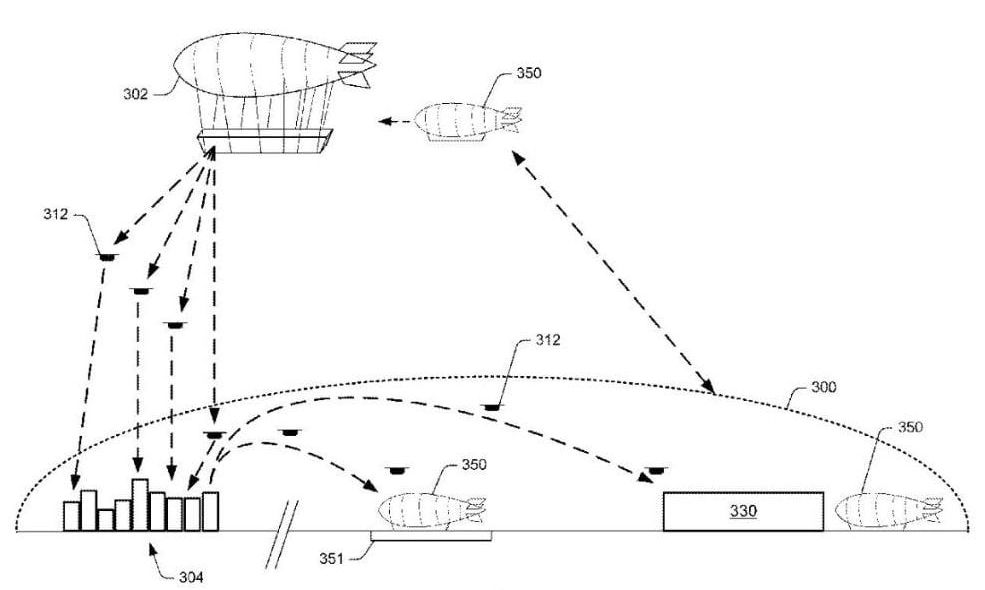
Amazon has designed a floating warehouse that sits thousands of feet in the air, from which the internet retailer could dispatch swarms of delivery drones to metropolitan areas.
The company has patented futuristic plans for enormous “airborne fulfillment centres” that would be used as bases for aerial deliveries to homes.
Flying at up to 45,000 feet, the warehouses would be suspended by cables from zeppelin-style airships, and stocked with popular items. When a shopper makes an order, an onboard drone would dive down to earth and deliver it, before being sent back up to the station by a shuttle that could also restock and refuel the floating warehouse.

The gene drive is quickly becoming one of the most controversial technologies of our time. Its possibilities are at once spectacular and alarming: by using genetic engineering to override natural selection during reproduction, a gene drive could allow scientists to alter the genetic makeup of an entire species. This could be used to eliminate diseases and protect natural habitats —but could also go horribly wrong in the wrong hands.
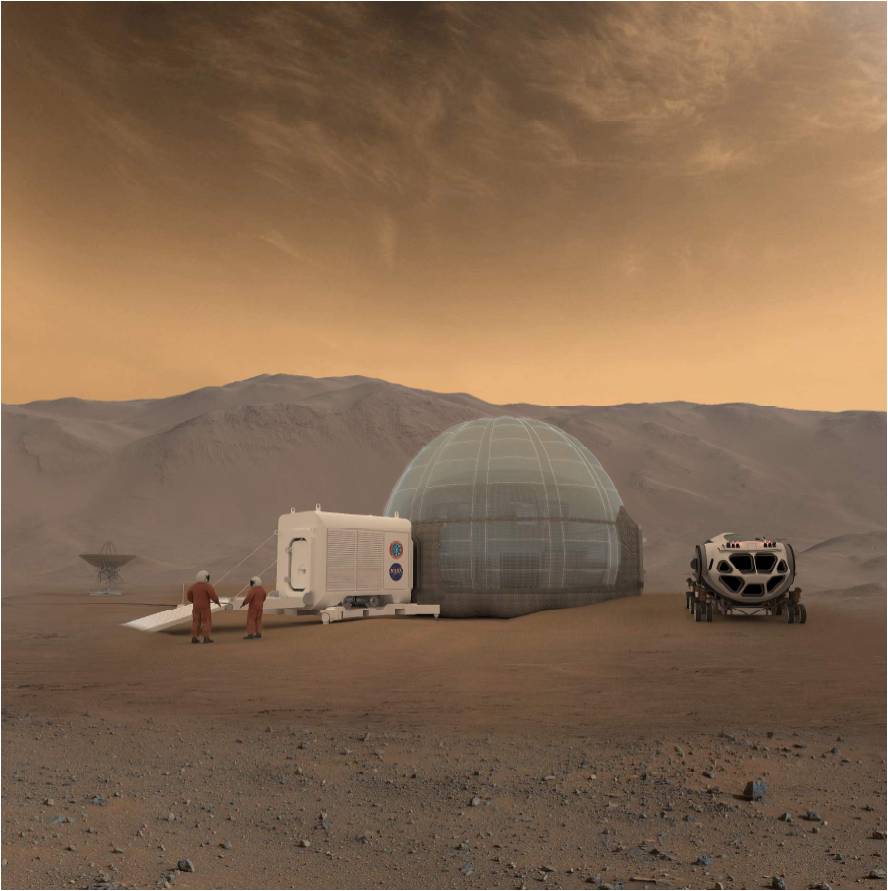
The first pioneers on Mars may build their homes using the ice beneath their feet.
In November, a University of Texas research team reported that Mars’ Utopia Planitia region contains about as much water, in the form of buried ice, as Lake Superior does here on Earth.
This ice layer, which spans a greater area than the state of New Mexico, lies in Mars’ mid-northern latitudes and is covered by just 3 feet to 33 feet (1 to 10 meters) of soil, the scientists determined. [Photos: The Search for Water on Mars].
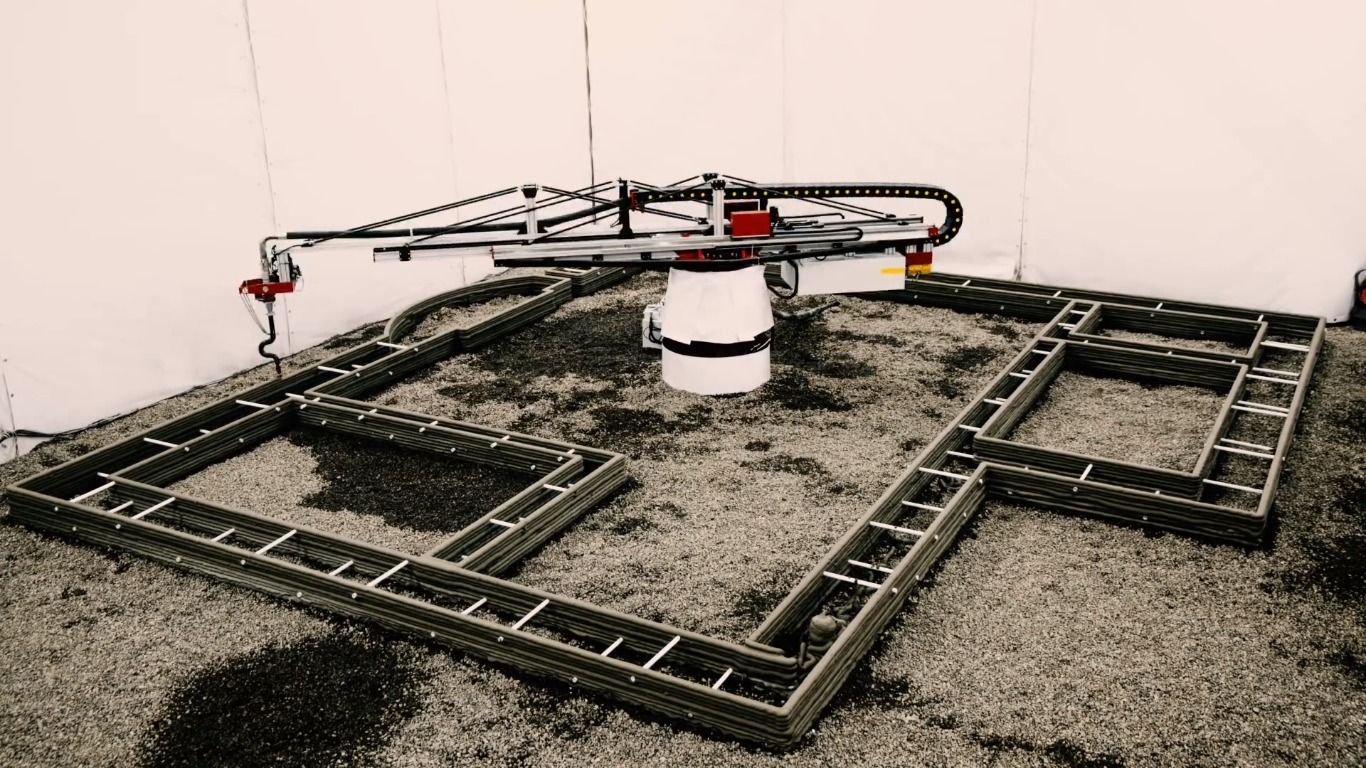
The U.S may soon have 3D printed homes, and a new partnership are claiming they will be created in just one day. Construction company Sunconomy have teamed up with Russian 3D printers Apis Cor and their 3D concrete printer and realize this ambition. Larry Haines, founder of Sunconomy, wants the public to join them on a “revolutionary journey to build affordable, smart, sustainable housing with Apis Cor’s new 3D concrete printer “. Sunconomy are currently crowd-funding for this project with a goal of over $500,000.
Click on photo to start video.
I would love to live in this!!!
This floating UFO home lets you live underwater.
